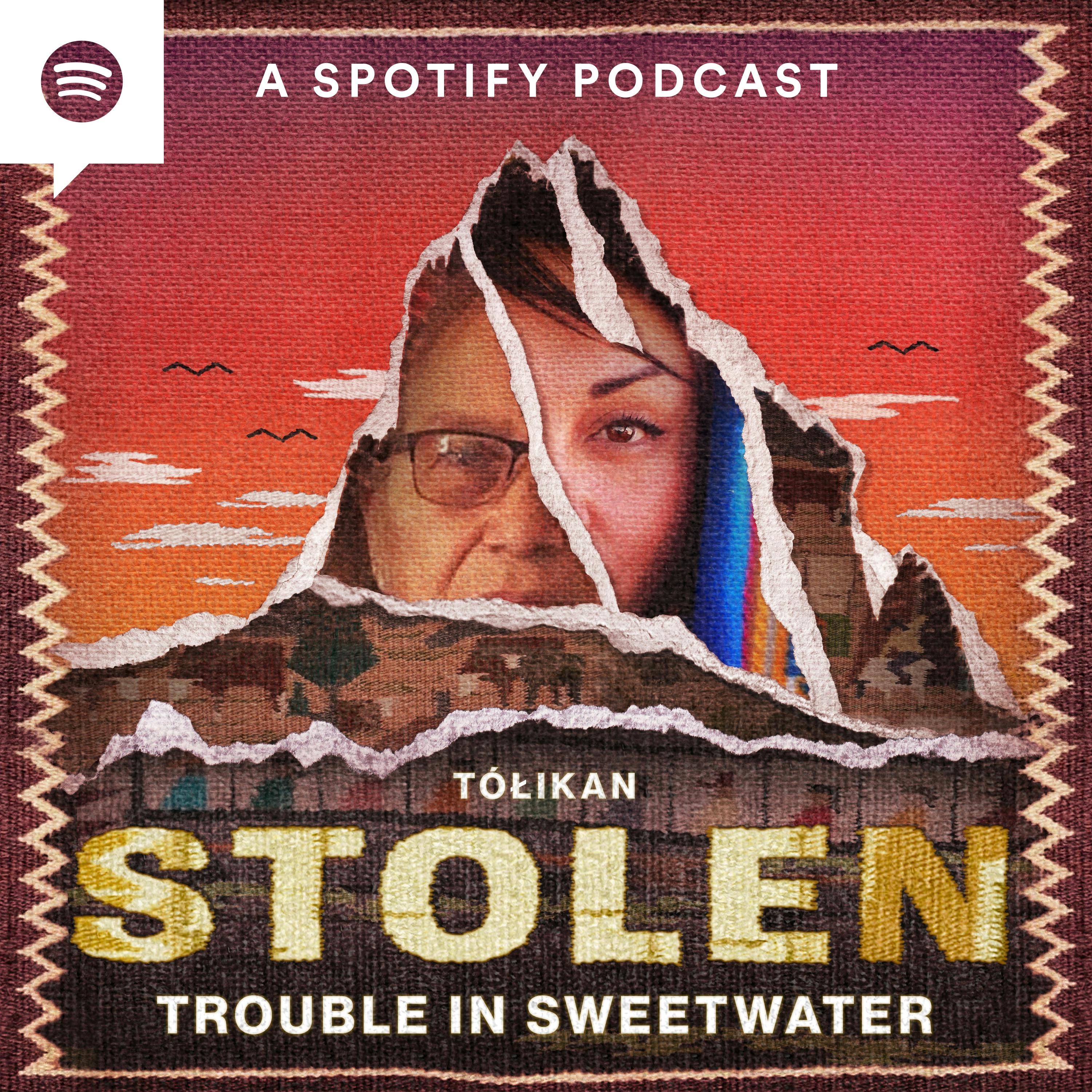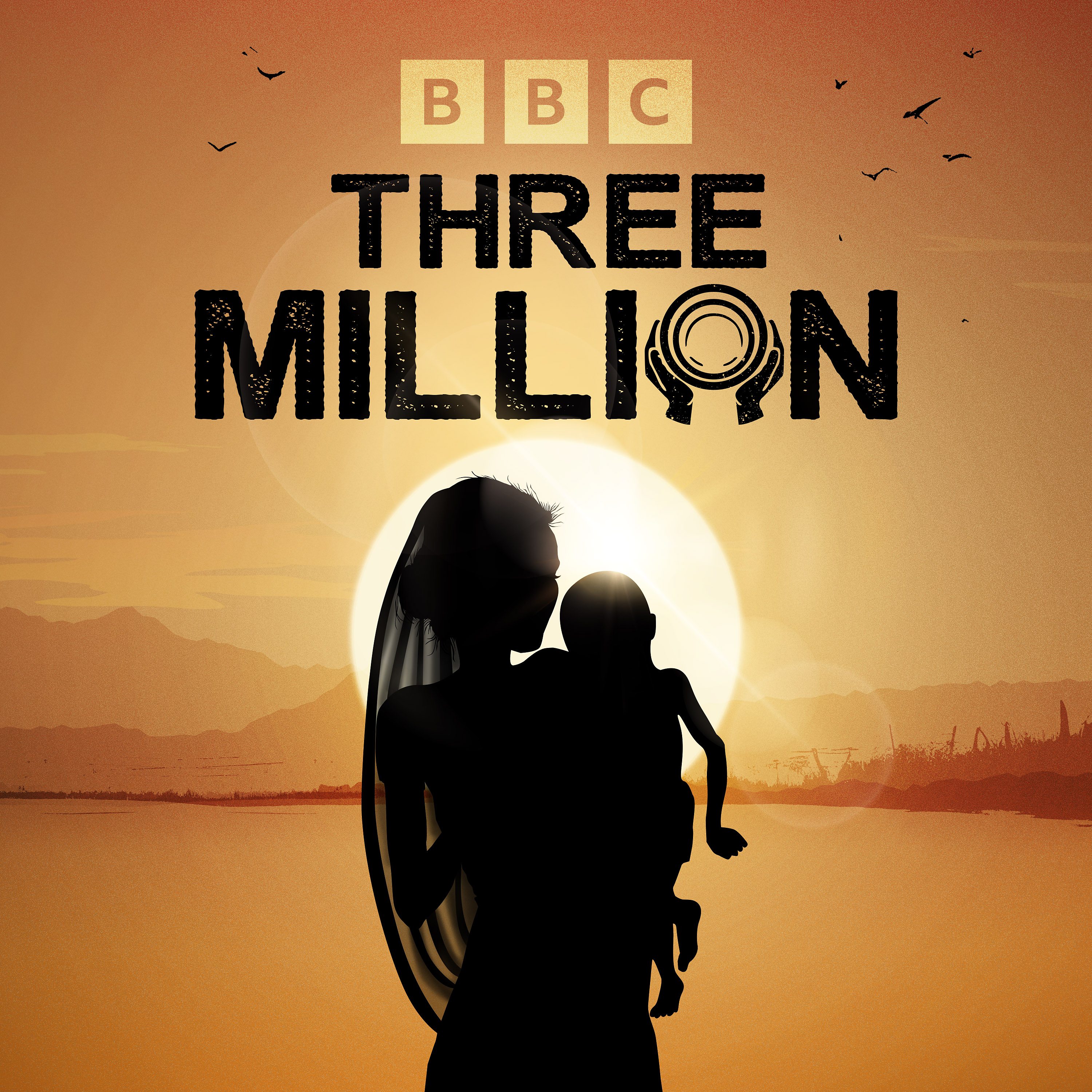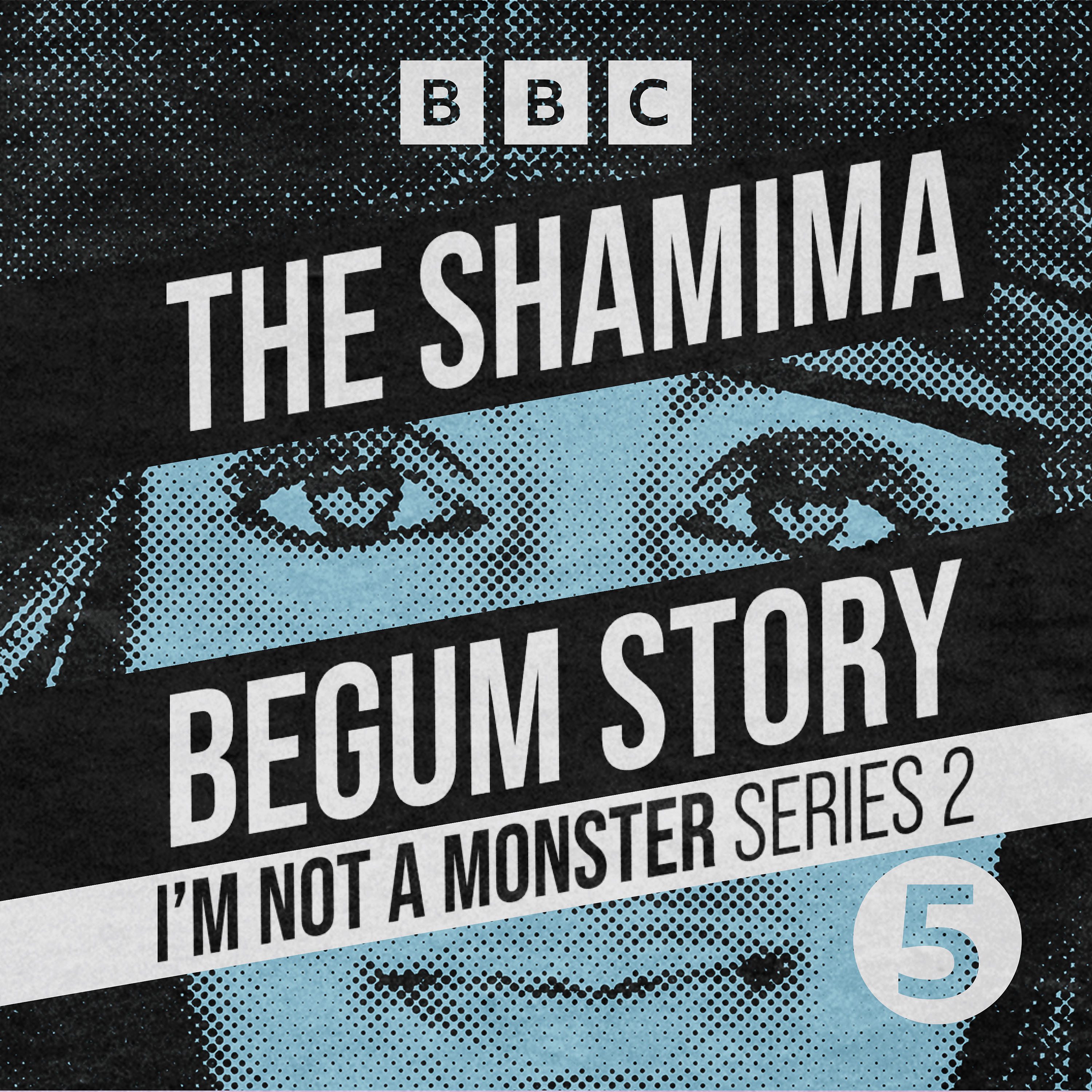
Nepal Now: On the Move
We're talking with the people migrating from, to, and within this Himalayan country located between China and India. You'll hear from a wide range of Nepali men and women who have chosen to leave the country for better work or education opportunities. Their stories will help you understand what drives people — in Nepal and worldwide — to mortgage their property or borrow huge sums of money to go abroad, often leaving their loved ones behind.
Despite many predictions, migration from Nepal has not slowed in recent years, except briefly during the height of the Covid-19 pandemic. About 1 million Nepalis leave every year to work at jobs outside the country. Tens of thousands go abroad to study. Far fewer return to Nepal to settle. The money ('remittances') that workers send home to their families accounts for 25% of the country's GDP, but migration impacts Nepal in many other ways. We'll be learning from migrants, experts and others about the many cultural, social, economic and political impacts of migration.
Your host is Marty Logan, a Canadian journalist who has lived in Nepal's capital Kathmandu off and on since 2005. Marty started the show in 2020 as Nepal Now.
Nepal Now: On the Move
Indigenous activism in Nepal through a Newa lens
Welcome to Nepal Now. My name is Marty Logan.
Looking back on the early days of my relationship with Nepal, I see that it took me far too long to realise that this is a country of incredible diversity of cultures and peoples. Today I can understand why — the face of Nepal is very much upper-caste, Hindu, male and Nepali speaking. Yet roughly a third of the country’s nearly 30 million people belong to about 100 Indigenous groups, 60 of them officially recognized. Surprisingly, you hear very little about those groups on a day-to-day basis here, especially compared to countries like Canada or Australia, where the proportion of Indigenous people is much lower, but Indigenous rights is a major talking point and issue.
When I moved to Nepal just before the end of the 10-year Maoist conflict in 2005, a lot of heat was being generated in discussions over the rebels’ proposal to divide the country based on the territories of the major Indigenous groups. In the end, that vision was not realised and people like today’s guest, Indigenous rights activist Prabin Shakya, argue that the Maoists were playing with the aspirations of many marginalized people in the country simply to attain their political ends.
Since the peace process ended, Indigenous rights is a topic that is highlighted in mainstream media annually on Indigenous Peoples Day, then fades away. Those of us living in Kathmandu do hear regularly about disputes over development projects that threaten the lands of the Newa (or Newar) Indigenous people of the Kathmandu Valley, but these are rarely framed as Indigenous rights issues.
Shakya tells me that a lot of activism is happening. Yes, much of it is in reaction to government plans to take over Indigenous people’s lands in the name of development. But some proactive initiatives to recognize Indigenous rights are taking place at local levels.
Resources
Community Empowerment and Social Justice Network (NGO led by Prabin Shakya)
Nepal Now social links
LinkedIn
Thanks as always to Nikunja Nepal for advice and inspiration.
Music: amaretto needs ice ... by urmymuse (c) copyright 2018 Licensed under a Creative Commons Attribution Noncommercial (3.0) license.
http://dig.ccmixter.org/files/urmymuse/57996 Ft: Apoxode
Tell us how we're doing, or just say hi
You can subscribe to Nepal Now for as little as $3 a month. Your support will help to defray the costs of making the show. And you'll also get a shout-out in a future episode.
You can also show your love by sending this episode to someone who you think might be interested or by sharing it on social media:
LinkedIn
Instagram
BlueSky
Facebook
Music by audionautix.com.
Thank you to PEI in Bankhundole and Himal Media in Patan Dhoka for the use of their studio.
Nepal Now is produced and hosted by Marty Logan.




